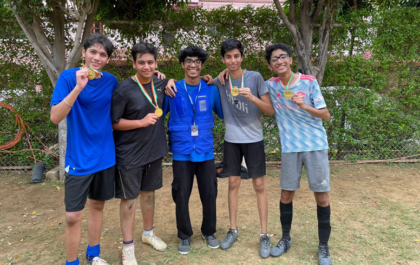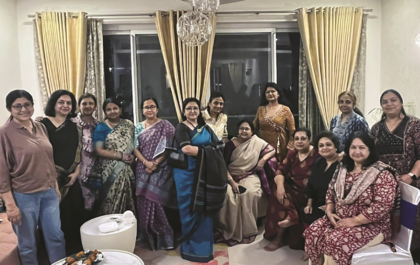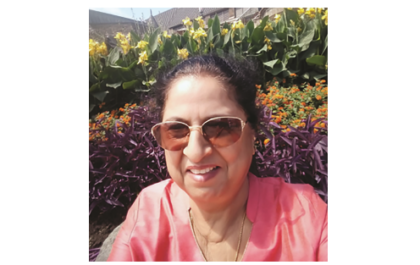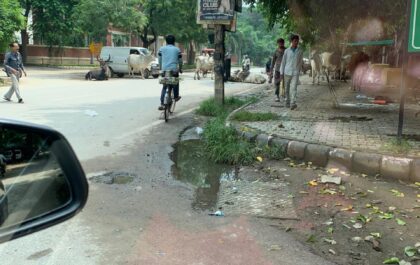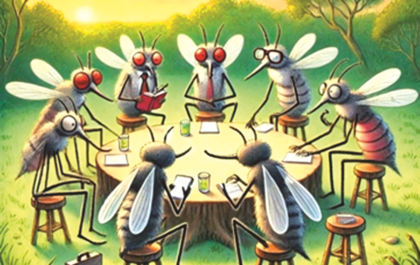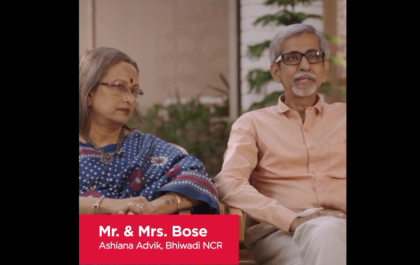Delhi and the surrounding areas are experiencing dangerously high levels of air pollution, particularly after Diwali every year. Shifting weather patterns trap pol-lutants in the air, making the issue more severe. Studies say crop burning by farmers in the states of Haryana, Punjab, and Uttar Pradesh is one of the primary causes of Delhi and NCR’s rising air pollution levels. In these states, farmers burn rice stubble almost 35 million tons of crops annually. All of the dust particles and contaminants that have become trapped in the air are carried by the wind. However, we can not argue that stubble burning is not the only cause of pollution in the air. Many additional elements, such as temperature fluctuations, high-rise structures, construction sites, and significant increases in the number of cars, contribute equally to winter air pollution.
Poor air quality is attributed to several factors, including excessive smoke, fog, and pollution that undoubtedly affect the lungs, heart, and also affect eyes. Everyone is impacted by air pollution, but children and teenagers are more at risk since their bodies, organs, and immune systems are still growing. Children are unable to defend themselves or change air quality regulations, even though air pollution harms their health throughout childhood and raises their chance of developing illnesses later in life. Children take in more air in proportion to their body weight and breathe twice as fast as adults. A lot of young children breathe through their mouths, which allows them to inhale more pollutants. Additionally, Children’s respiratory tracts are more porous and their immune systems are weaker than adults.
This seasonal air pollution has prompted some schools and educational institutions to shift to online classes as a measure to protect children’s health. While online learning due to air pollution is not a universal solution, it is becoming a necessary alternative in areas with severe pollution, particularly during times of high pollution levels. However, these online programs bring up memories of parents’ struggles during COVID-19, when everyone, including instructors, parents, and children, had to adjust to a new method of learning.
Many parents of kindergarten still struggling with online education as one parent must sit with their elementary school children throughout class. This means they can’t concentrate on domestic duties for three hours every day. The toddler frequently becomes distracted by other activities around. The shift to online learning may interrupt the routine for both students and parents. Many families, particularly those with working parents, may struggle to adjust to online learning. Time management, technological assistance, and assuring student engagement may all add to stress. Teachers also struggle to retain attention and interest in a virtual classroom.
A blended learning strategy (which combines online and in-person learning) can be used in places with high air pollution. Students can attend classes in person on days when the air quality is favorable and switch to online classes when pollution levels are high.
Online classes due to air pollution offer a temporary solution to protect children’s health during times of high pollution, but they come with challenges, including unequal access to technology and the loss of physical activity and social interaction. To balance the requirement to protect children from dangerous pollutants while maintaining educational effectiveness, comprehensive methods such as improving air quality, enabling digital access, and offering flexible learning alternatives must be implemented.
Governments may help to improve air quality by supporting cleaner modes of transport, industry regulations, and improved city design. In the long run, lowering air pollution will reduce the need for emergency changes to online learning while also providing a better environment for everybody.
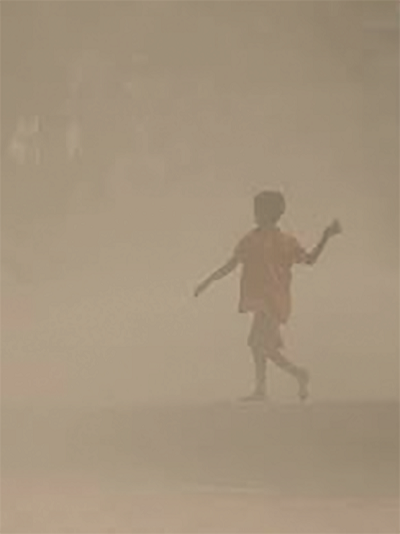
Popular Stories
Football Tournament @Princeton
More Than a Festival: The Art and Power of Durga Puja
Personality of the Month- ‘Dr Usha Mediratta’
Stray Cattle Menace In Front of Galleria
The Chronicles of Malibu Towne: A Mosquito’s Tale
“Senior Living Is Not An Old Age Home” say Mr & Mrs Bose
Recent Stories from Nearby
- Out of Control – Monkey Menace December 31, 2024
- The Ensuing Assembly Elections: What Do We Expect From the Candidates? Election Time: Whom to Choose? December 30, 2024
- AIKGA Monthly Meeting December 30, 2024
- Monkey Menace Worsens in SDA December 30, 2024
- Footover Bridge Lift Not Working December 30, 2024

